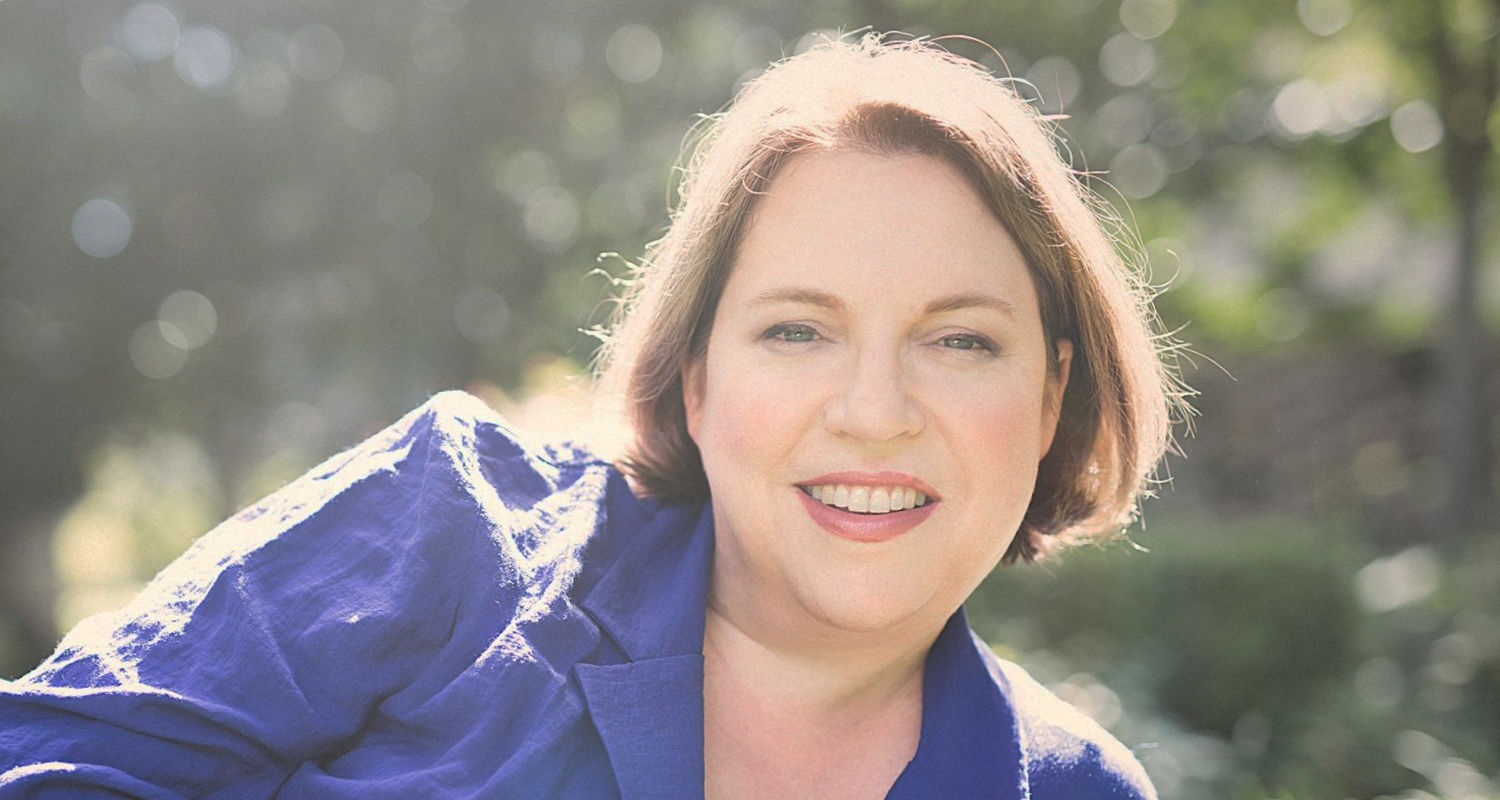Selinger is first female professor at Kent State to be named a fellow of the society
Robin Selinger, Ph.D., a faculty member at the Liquid Crystal Institute® in the College of Arts and Sciences at Â鶹´«Ă˝, has been elected a 2016 fellow of the American Physical Society (APS).
Each year, only one half of one percent of APS members are elected as Fellows. Selinger was recognized for fundamental contributions in theory/simulation of materials, focusing on liquid crystals, polymers and lipid membranes. She also was recognized for her exceptional commitment to outreach activities. She was nominated by the APS Topical Group on Statistical and Nonlinear Physics.
“It is gratifying to be recognized as a significant contributor in my research field,” Selinger says. “Kent State has supported my work by providing a wonderful research environment at the Liquid CrystaI Institute, with great colleagues and incredibly capable students.”
Selinger joined Kent State as a professor in 2005, and holds her bachelor’s, master’s and Ph.D. degrees in physics from Harvard University. Her research and outreach activities are currently funded by three grants from the National Science Foundation (NSF). Much of her work focuses on modeling nematic elastomers, a class of liquid-crystal polymers that can be programmed to deform into complex shapes when heated or exposed to light. She also models defect structures and pattern formation in liquid crystals and lipid membranes.
Beyond her research in soft matter physics, Selinger organizes outreach programs to recruit high school students to careers in science, and to broaden the diversity of the science workforce. She organizes the Science Experience course for high school students dual-enrolled at Kent State through College Credit Plus. Each student spends at least 45 hours working with the research group of a Kent State science professor. Seventeen students are enrolled now, and more than 140 students have participated since 2011. Selinger also co-hosts Kent State's annual science fair (a.k.a. STEM Project Fair) for students in grades 4-12, which attracts more than 200 students each year in January. In addition, as co-principal investigator for the NSF-funded S-STEM (Scholarships in Science, Technology, Engineering and Mathematics) program, she works with colleagues to organize mentoring workshops for undergraduate students.
Selinger also works to promote the success of women in science. She serves as faculty advisor to Kent State’s undergraduate and graduate Scientista clubs, whose mission is to empower pre-professional women in STEM fields.
“Until now, Kent State’s APS Fellows were all men,” Selinger says. “I’m delighted to be the first woman at Kent State to achieve this honor, and I’m confident that there will be many more in years to come.”
Previously elected APS fellows from Kent State include:
- Oleg D. Lavrentovich, Liquid Crystal Institute and Chemical Physics, in 2015
- Declan Keane, Department of Physics, in 2014
- Jonathan Selinger, Liquid Crystal Institute and Chemical Physics, in 2014
- Gerassimos Petratos, Department of Physics, in 2008
- Peter Palffy-Muhoray, Liquid Crystal Institute and Chemical Physics, in 2008
- Peter Charles Tandy, Department of Physics, in 1996
- Donald Ray Wiff, Liquid Crystals Institute, in 1999
- James W. McGrath, Department of Physics, in 1960
For more information about Kent State’s Liquid Crystal Institute, visit .
For more information about Selinger’s Science Experience course for dual-enrolled high school students, visit www.kent.edu/acaa.
For more information about Kent State’s annual science fair, visit .
About the American Physical Society
The world’s second-largest organization of physicists, the American Physical Society publishes more than a dozen scientific journals, including Physical Review and Physical Review Letters, and organizes more than 20 science meetings each year. Founded in 1899 at Columbia University “to advance and diffuse the knowledge of physics,” the American Physical Society currently has 50,000 members worldwide. For more information about the American Physical Society, visit .






